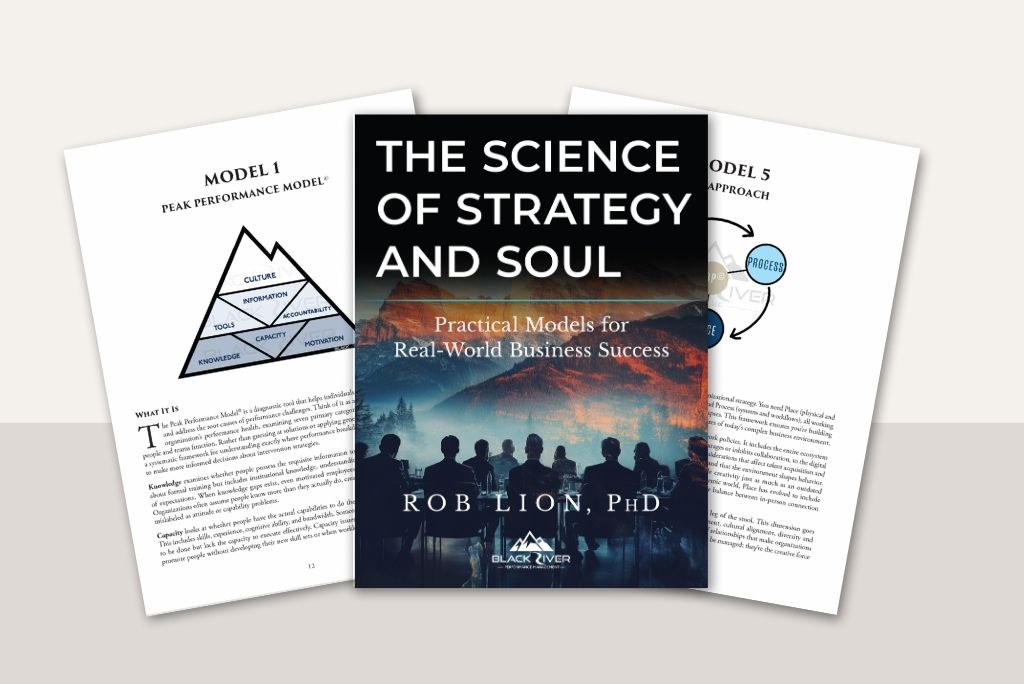Warning: This might make you rethink everything you’re doing in those first 90 days.
Picture this: You’ve just arrived at a luxury resort for vacation. You’re excited but slightly anxious about navigating this new environment. What would you want from your first day?
Now picture this instead: You walk into the lobby and are immediately handed a 47-page handbook about pool rules and safety protocols. You spend the next eight hours in a conference room watching videos about resort history. No one introduces you to other guests. No one shows you where the good coffee is or explains the unwritten rules about beach chair politics.
Sound familiar? Because that’s exactly what most organizations call “onboarding.”
The Problem with Policy-Heavy Onboarding
Most onboarding programs suffer from what I call “Handbook Syndrome” – the mistaken belief that information transfer equals integration. We dump policies, procedures, and benefits explanations on people as if knowledge absorption creates engagement.
This approach treats new employees like empty vessels waiting to be filled with institutional knowledge rather than whole human beings trying to figure out where they fit.
Consider what happens at a well-run resort: The concierge doesn’t recite every hotel policy during check-in. Instead, they ask about your interests, suggest experiences, introduce you to key people, and make you feel welcomed into a community. The policies exist, but they’re not what determines whether you’ll have a positive experience.
What New Hires Actually Want
When people arrive at a resort, they want to get the lay of the land, figure out who the important people are, and learn the details that will help them feel comfortable. Your new hires have identical questions: Where do I belong? Who are my people? How do I succeed here?
Here’s what research tells us: socialization is the biggest concern from the new hire’s perspective, not whether they can recite your harassment policy verbatim.
While you’re focused on compliance requirements, your new hire is wrestling with more fundamental questions (and these are even more important if you are running a flexible/remote office):
- Who can I trust with questions that might make me look incompetent?
- What are the real rules versus what’s written in the handbook?
- How do I build relationships with people who seem to know everything already?
- Where do I fit in the social fabric of this organization?
These concerns don’t get addressed by watching videos about your company’s founding story. They get addressed through meaningful human connections and cultural immersion.
The Resort Model in Practice
Think concierge service, not DMV processing.
Day One: The Welcome Experience Instead of starting with forms and videos, begin with introductions. Who are the people this person will rely on for support? What’s the culture really like? Where do people grab lunch and actually have a conversation?
Week One: Finding Your Tribe At a resort, you naturally find people who share your interests – early risers at the gym, families at the pool, night owls at the bar. New employees need the same opportunity to find their workplace community, one that aligns with their working styles and mutual support needs.
Month One: Insider Knowledge Resort guests learn from other guests about the best times to book the spa and which restaurants require reservations. Your new hires need insider knowledge about how work really gets done, who the go-to people are, and how to navigate the informal systems that actually make organizations function.
This doesn’t mean abandoning compliance training. It means recognizing that policies and handbooks are reference materials, not relationship builders. When someone needs to know your vacation policy, they’ll look it up. When they need to understand how to actually get time off approved without creating team problems, they need human guidance.
The Real Question
When your newest employee goes home after their first week, what story are they telling their family?
Are they saying, “I spent the week in training rooms learning policies, but I’m still not sure how anything works or who I can ask for help”?
Or are they saying, “I already feel like I know people who have my back, I understand how to be successful here, and I’m excited about what I’m learning”?
The difference isn’t about resources or budget. It’s about philosophy. Are you focused on efficient processing or creating positive experiences?
Three Questions for Your Next New Hire
- What would a concierge do? How can you help this person navigate your organization with confidence rather than dumping information on them?
- Where are the connection points? What opportunities exist for meaningful relationships to form naturally?
- How do you measure success? Are you tracking engagement and integration, or just completion of training modules?
Your new employees arrive curious and hopeful, just like resort guests. The question is whether they’ll leave your first week feeling welcomed into a community or feeling like they’ve been processed through a system.
People don’t become engaged because they’ve memorized your policies. They become engaged because they feel connected to something meaningful and supported by people they trust.
Your new employees deserve the resort experience. Give them one.



